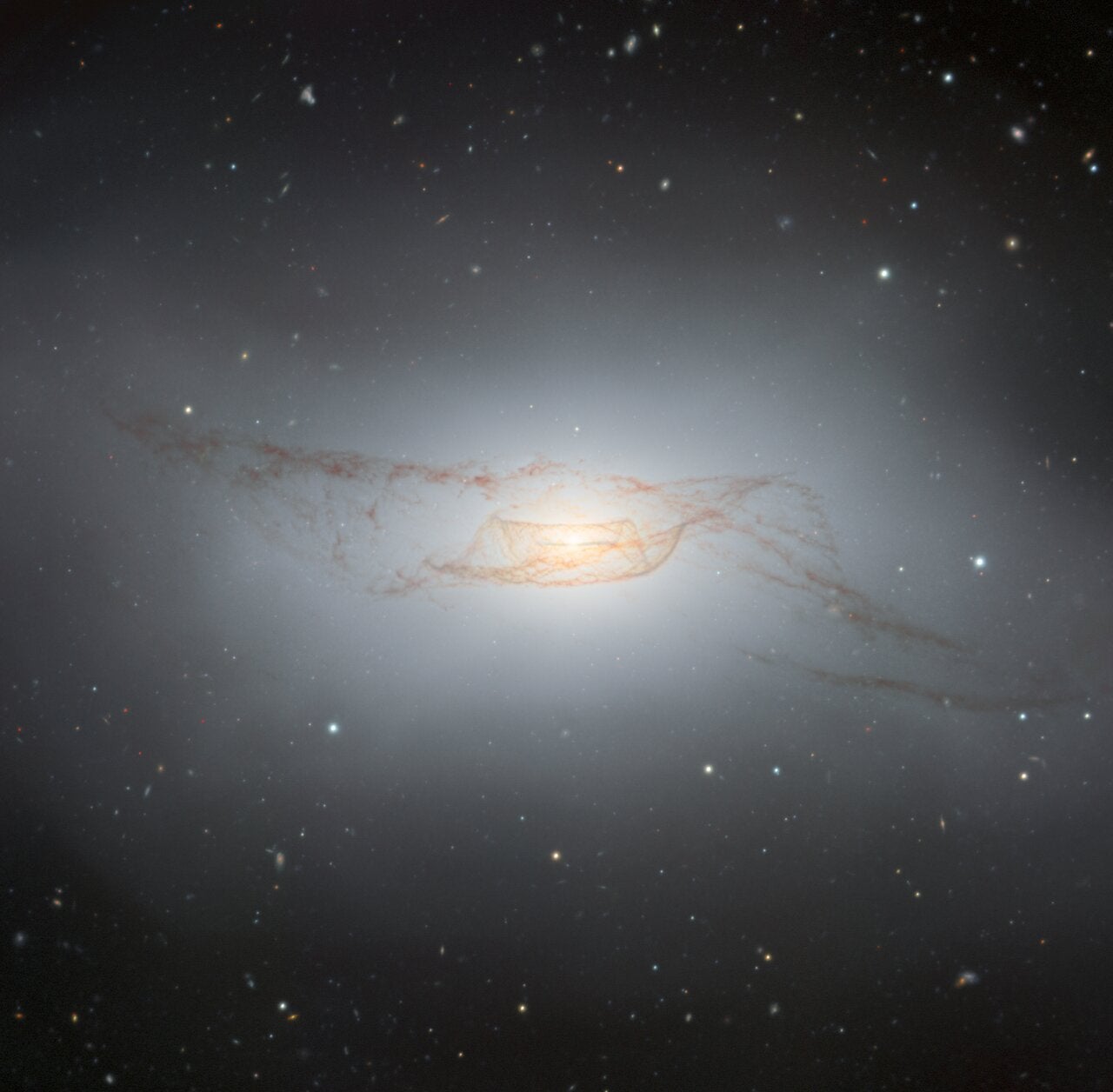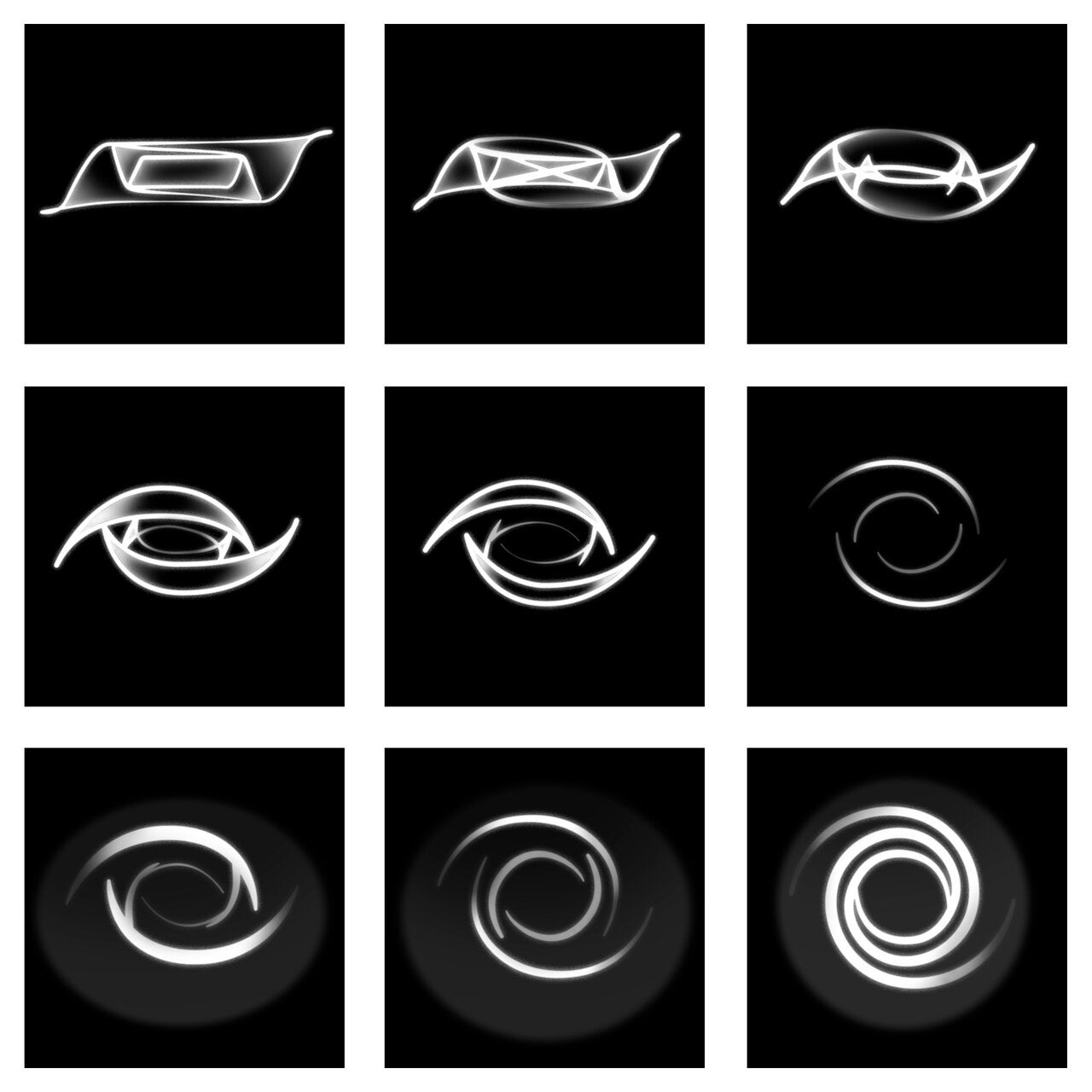NGC 4753’s unique shape is thought to be the aftermath of a galaxy merger more than a billion years ago.

NGC 4753’s twisting features. (Credit: International Gemini Observatory/NOIRLab/NSF/AURA
Image processing: J. Miller (International Gemini Observatory/NSF’s NOIRLab), M. Rodriguez (International Gemini Observatory/NSF’s NOIRLab), M. Zamani (NSF’s NOIRLab))
Observers have always been intrigued by NGC 4753’s twisted dusty lanes that curl around its galactic nucleus ever since William Herschel first noticed it in 1784. The lenticular galaxy is located 60 million light-years away in the constellation Virgo.
A stunning new image captured by the Gemini South Telescope in Chile showcases the galaxy’s ethereal dusty wisps. An older study led by Tom Steiman-Cameron in 1992 suspected that the distorted dust results from the galaxy’s merger with a smaller dwarf galaxy. “Galaxies that gobble up another galaxy often look like train wrecks,” said Steiman-Cameron in a statement, “and this is a train-wreck galaxy.”
A jumble of dust
Galactic mergers are messy. When two galaxies collide, a combination of dust, gas, and other stellar materials mix and warp. The team believes that the merger between the standard-looking lenticular galaxy and the gas-rich dwarf galaxy triggered star formation and highly increased the density of gas throughout the system. The galaxy’s gravitational influence then made the gathered dust to spread out into a disk —sculpting NGC 4753’s unique shape.
The dusty lanes originating from the nucleus formed from a wobble-like motion — similar to a wobbling spinning top as it loses momentum — called precession. However, for NGC 4753, it’s appearance is the result of differential precession. This is when the rate of precession is dependent on the disks radius. So the material closer to the center will move faster than the material on the outer edges of the accretion disk.

“For a long time, nobody knew what to make of this peculiar galaxy,” said Steiman-Cameron. “But by starting with the idea of accreted material smeared out into a disk and then analyzing the three-dimensional geometry, the mystery was solved. It’s now incredibly exciting to see this highly detailed image by Gemini South 30 years later.”
Though this is an exciting advancement, NGC 4753’s unique shape may not be all that rare. Steiman-Cameron stated that if we were to look at the galaxy from a bird’s-eye view, it would appear as any spiral galaxy. Essentially the reason why observing NGC 4753 from almost an edge-on view was so advantageous.

